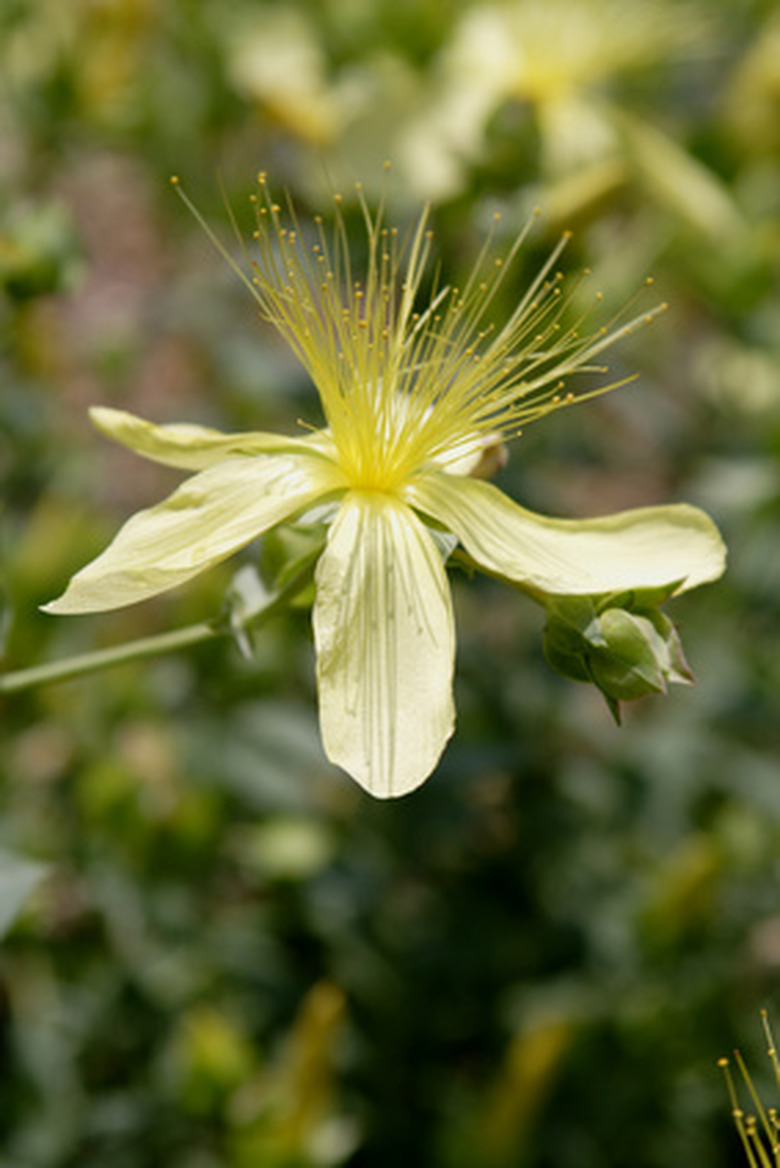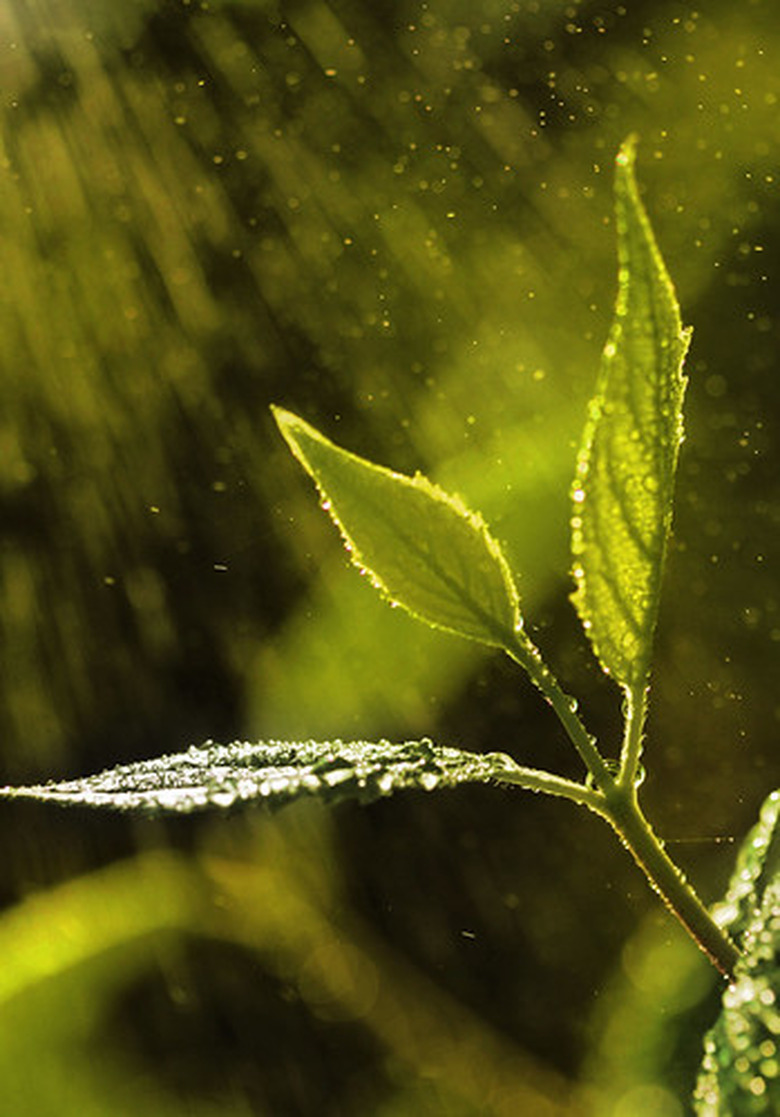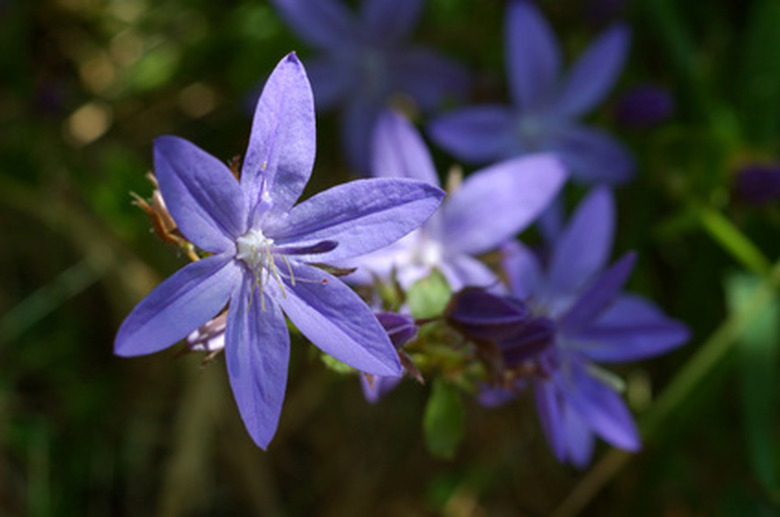Dangerous Plants
Step 1
Carnations, also known as Dianthus plants, are poisonous with a low toxicity rate in the leaves. The flowers can also cause contact dermatitis, or inflammed irritated skin, in some people.
Carnations, also known as Dianthus plants, are poisonous with a low toxicity rate in the leaves. The flowers can also cause contact dermatitis, or inflammed irritated skin, in some people.
Hypericum perforatum, or Saint Johnswort, contains the phototoxin hypericin. After ingestion, hypericin travels to the skin cells, where the sun's ultraviolet rays activate it. Light-colored livestock eating the plant–and humans using herbal Saint Johnswort–may suffer serious sunburn, dermatitis, skin lesions and other problems. Hypericin's effect is cumulative.
- Carnations, also known as Dianthus plants, are poisonous with a low toxicity rate in the leaves.
The beautiful mandevilla vine is thought to be toxic from the tips of its showy blooms to the base of its stem. The vine also exudes a sap that may be poisonous.
Facts
Typically, marijuana plants have slender leaflets of five to seven individual leaves and can be many shades of green with small flowering white or yellow buds and a pungent odor.
Japanese Dwarf Shrub
These small leafy shrubs have star-form leaflets with pointed tips mirroring those seen on marijuana plants.
Leaflets
Water hemp, Cinquefoils and Coral Plants each have the characteristic pointed tip leaflets and similar slender stalks also seen in marijuana plants.
Poisonous
Texas Buckeye also has pointed leaflets and blossom flowering white buds. But this plant is poisonous and does not produce cannabis.
- The beautiful mandevilla vine is thought to be toxic from the tips of its showy blooms to the base of its stem.
- These small leafy shrubs have star-form leaflets with pointed tips mirroring those seen on marijuana plants.
Considerations
Marijuana is illegal in the United States, except in some states for approved medical uses. If you suspect marijuana plants are being cultivated in your area, contact local law enforcement.
Lemon tree leaves are not poisonous; in fact, they are edible and used for flavoring in many recipes. Wash leaves thoroughly before using, especially any that have been sprayed with pesticides.
The Hollyhock (whose scientific name is Althea rosea) is not listed as a poisonous plant for humans or animals.
Periwinkle flowers and plants are poisonous to humans. The plant blooms with blue flowers in the early spring. The three varieties of the plant are a short creeping variety, a climbing vine and a short erect periwinkle.
- Marijuana is illegal in the United States, except in some states for approved medical uses.
- The Hollyhock (whose scientific name is Althea rosea) is not listed as a poisonous plant for humans or animals.


